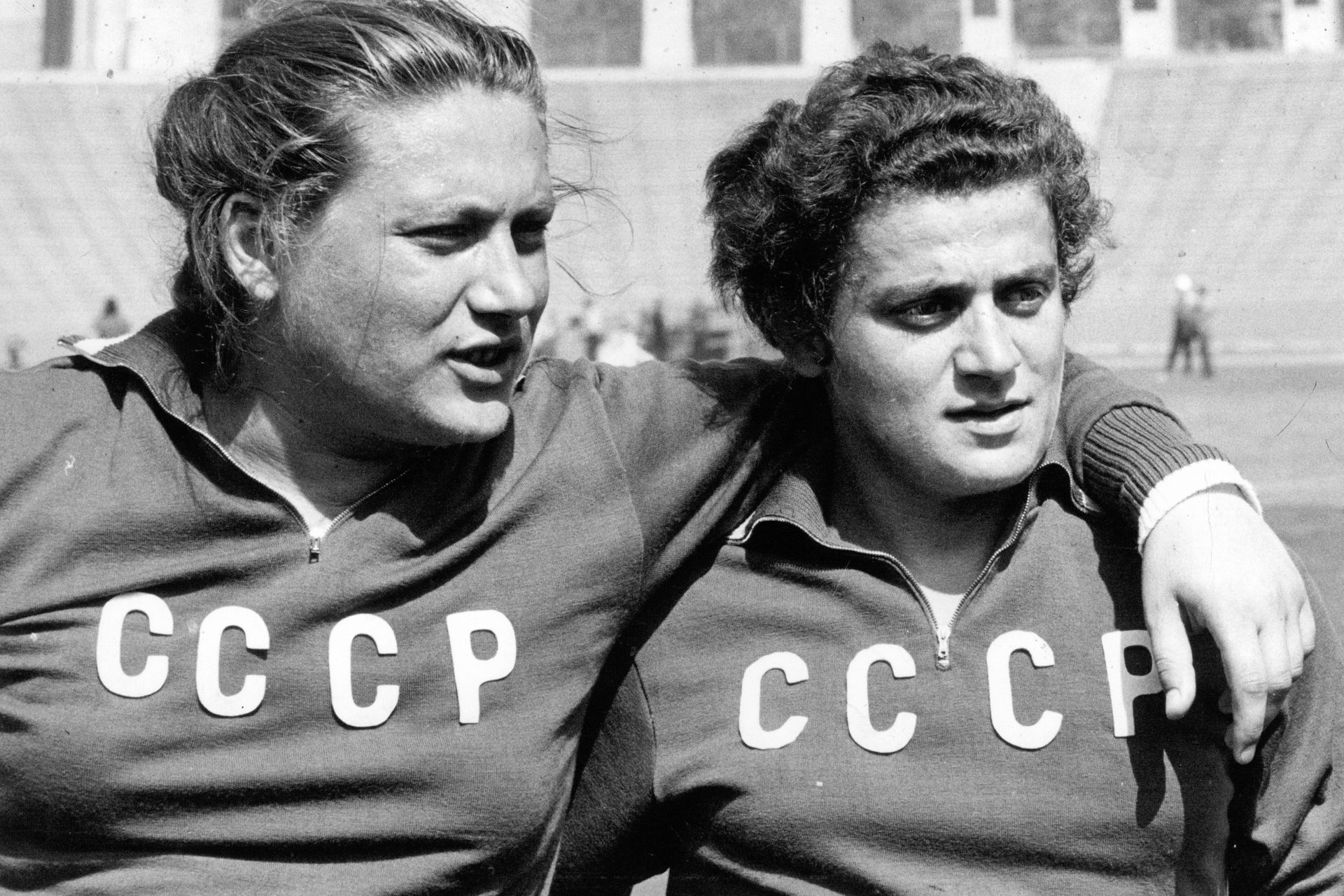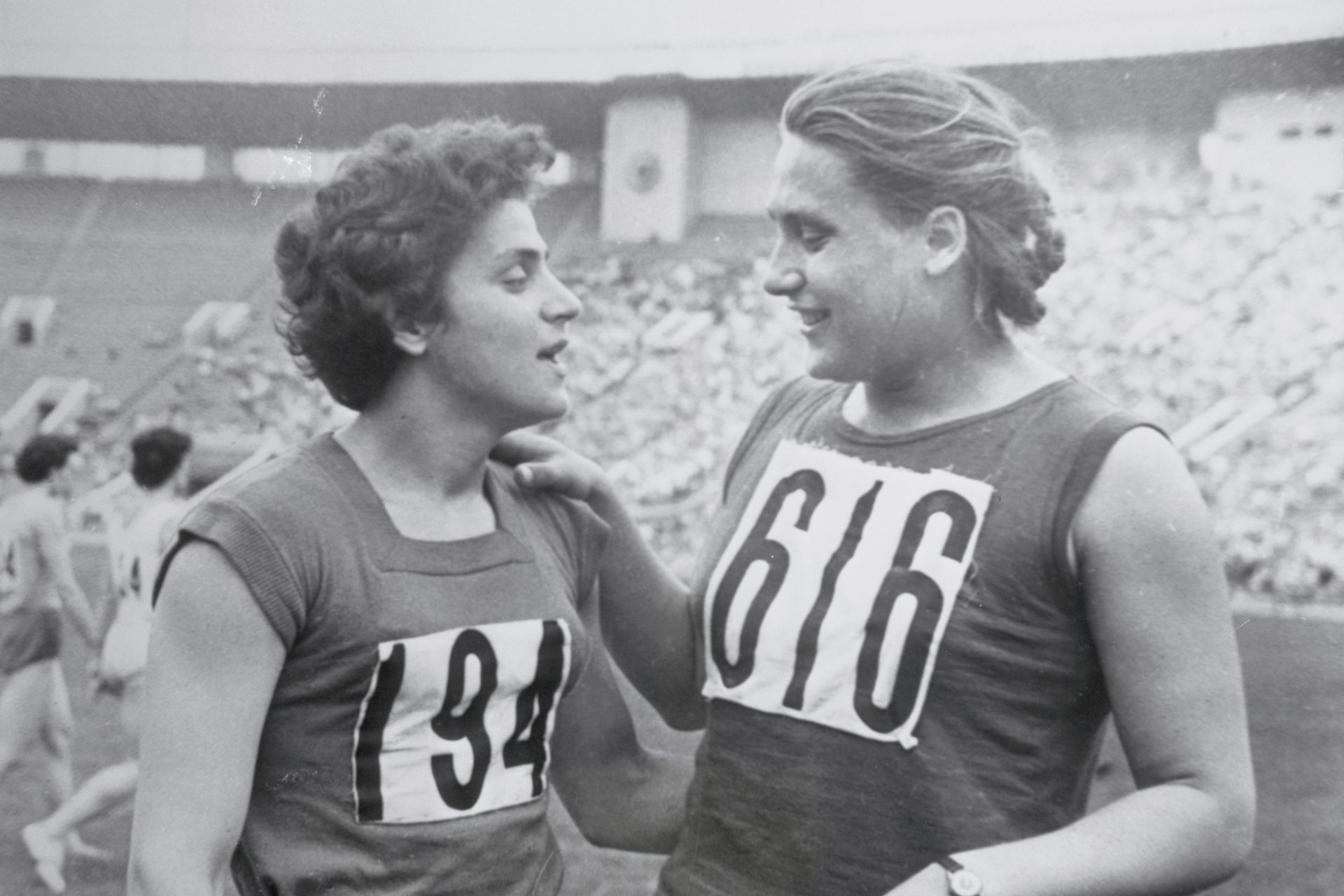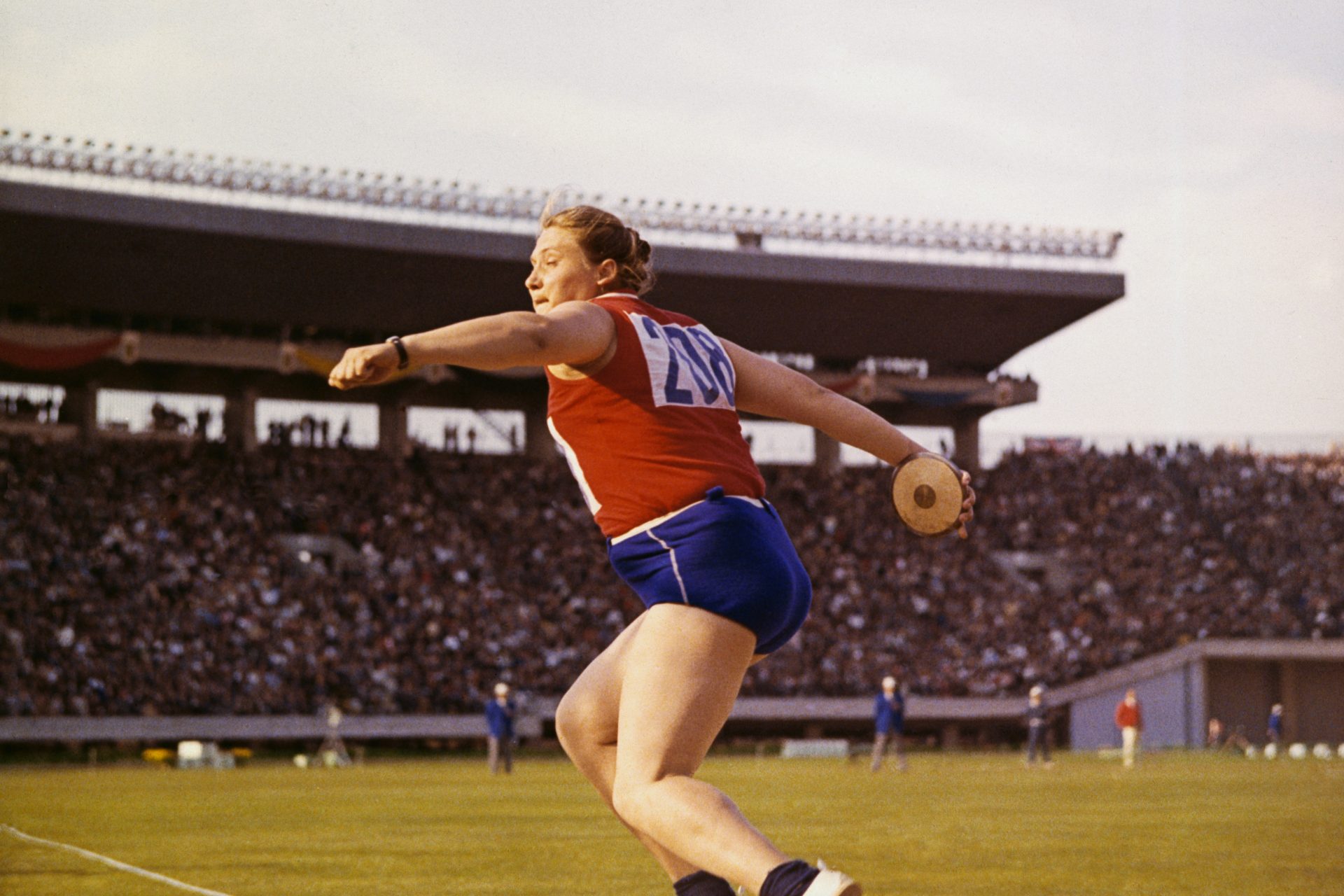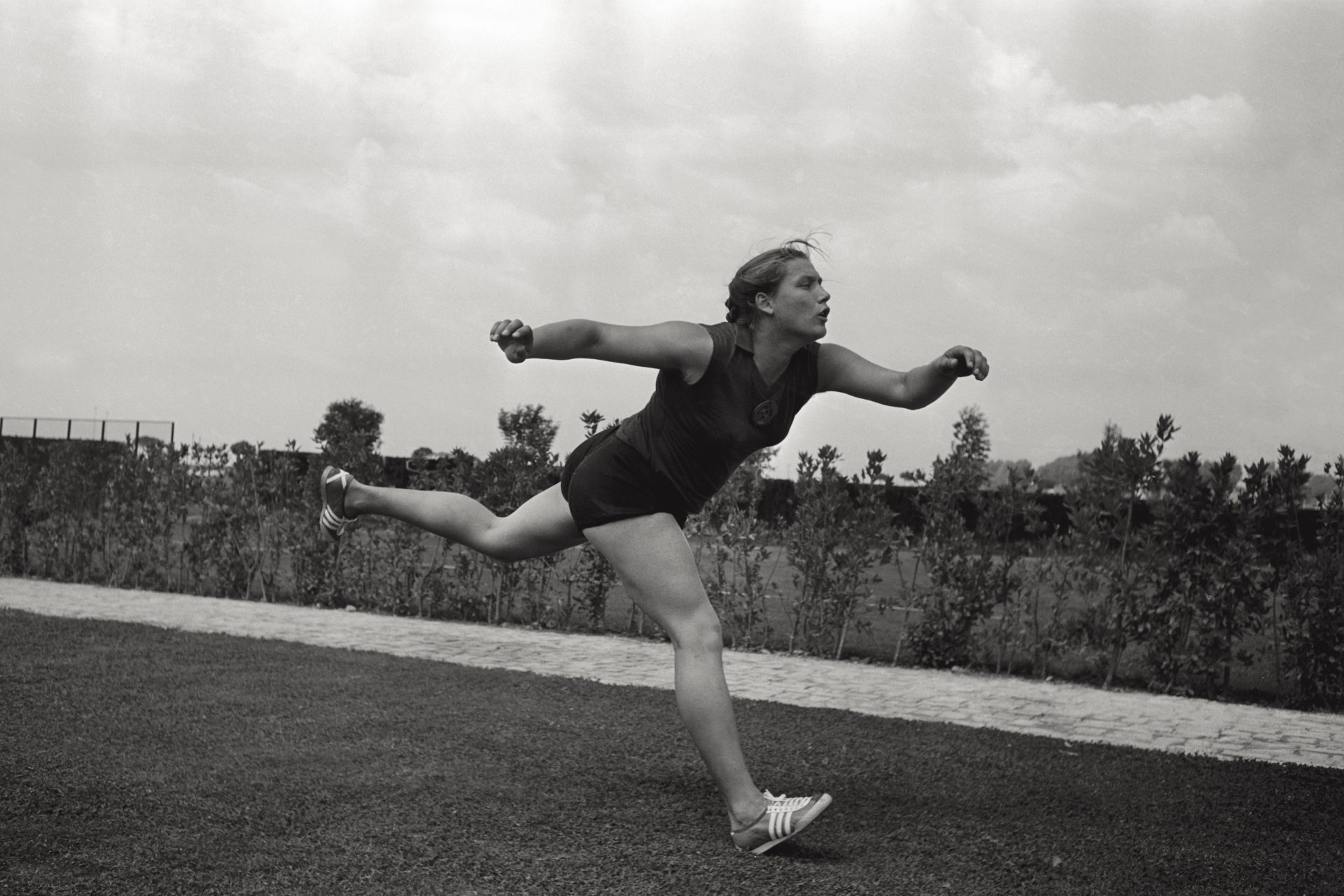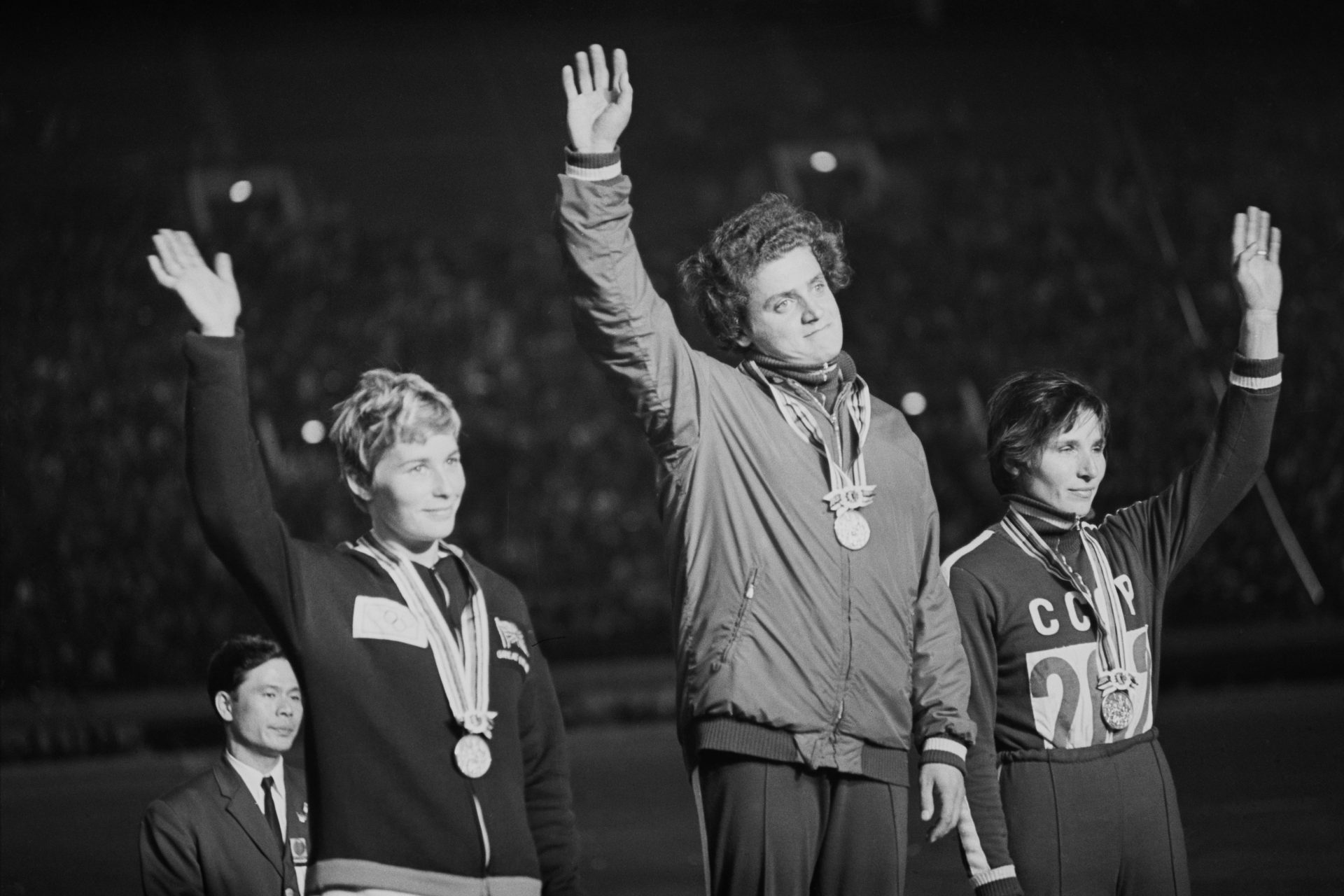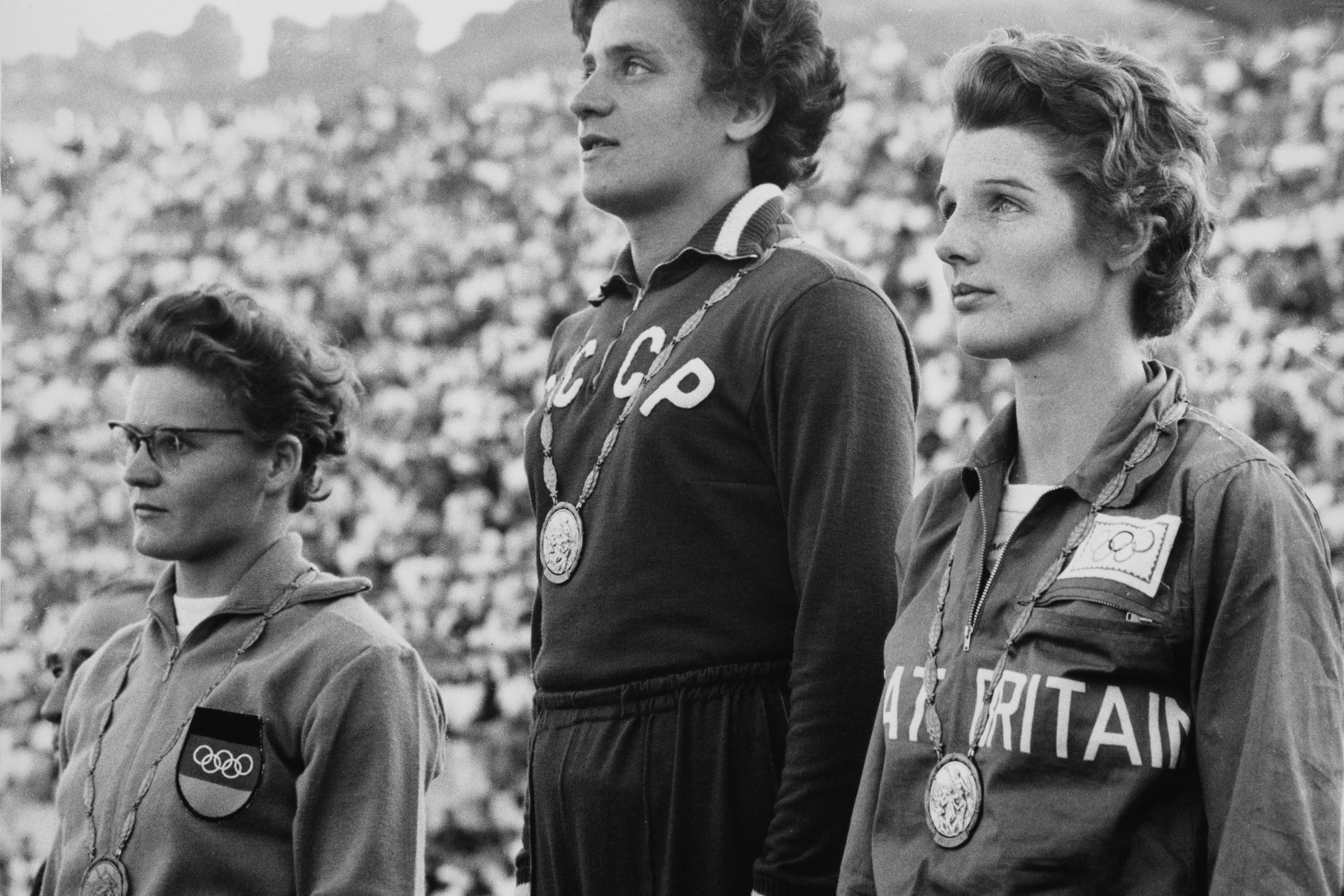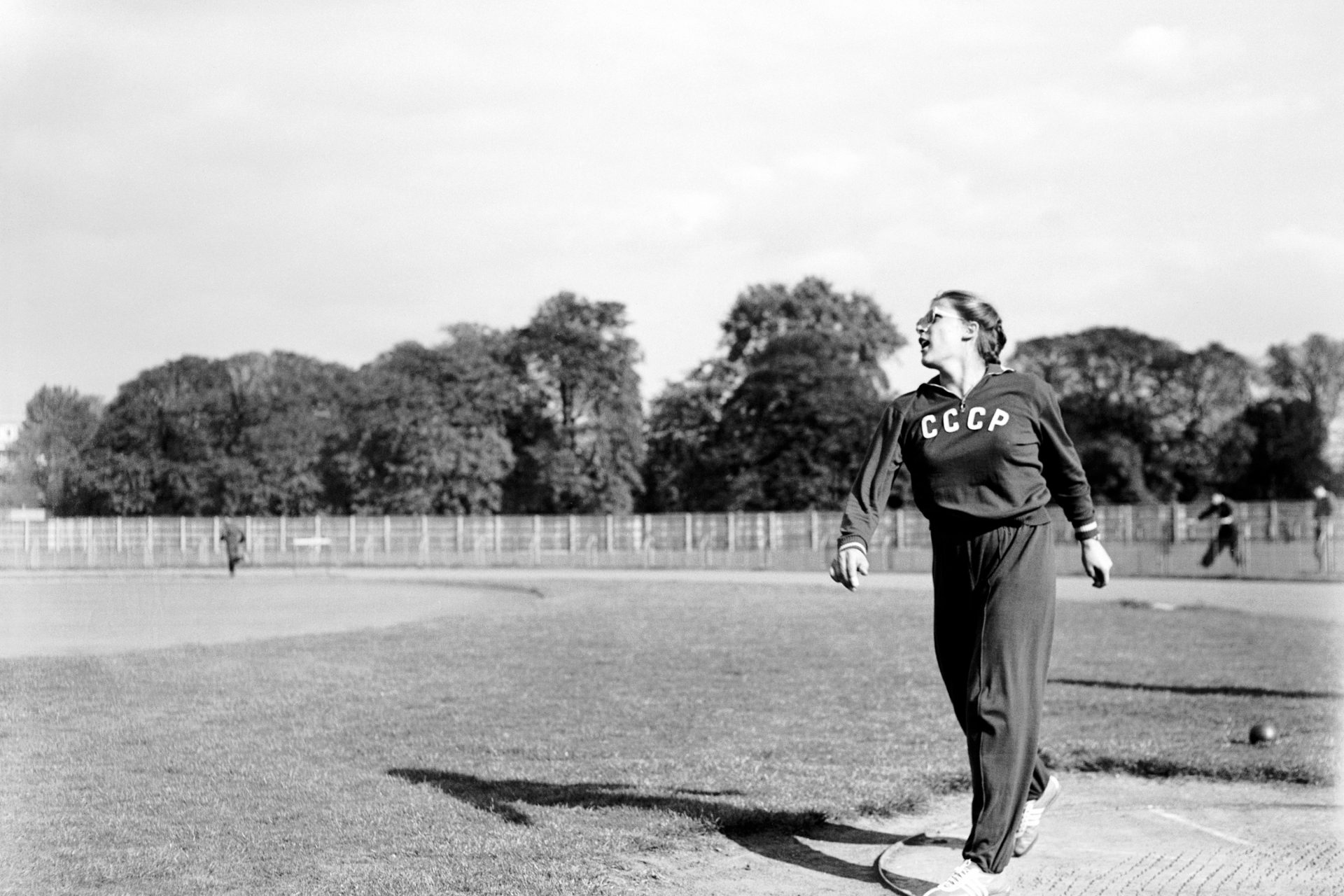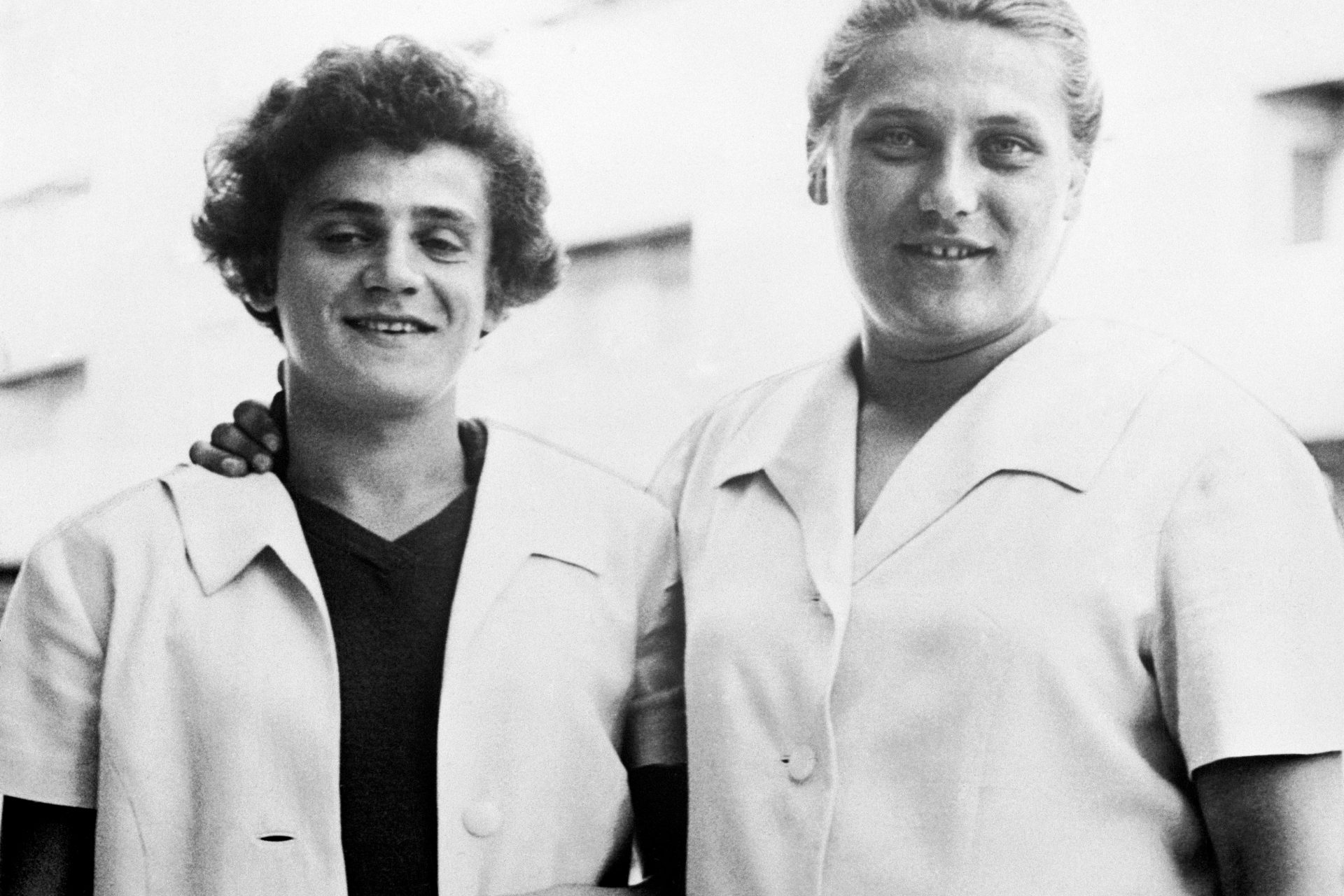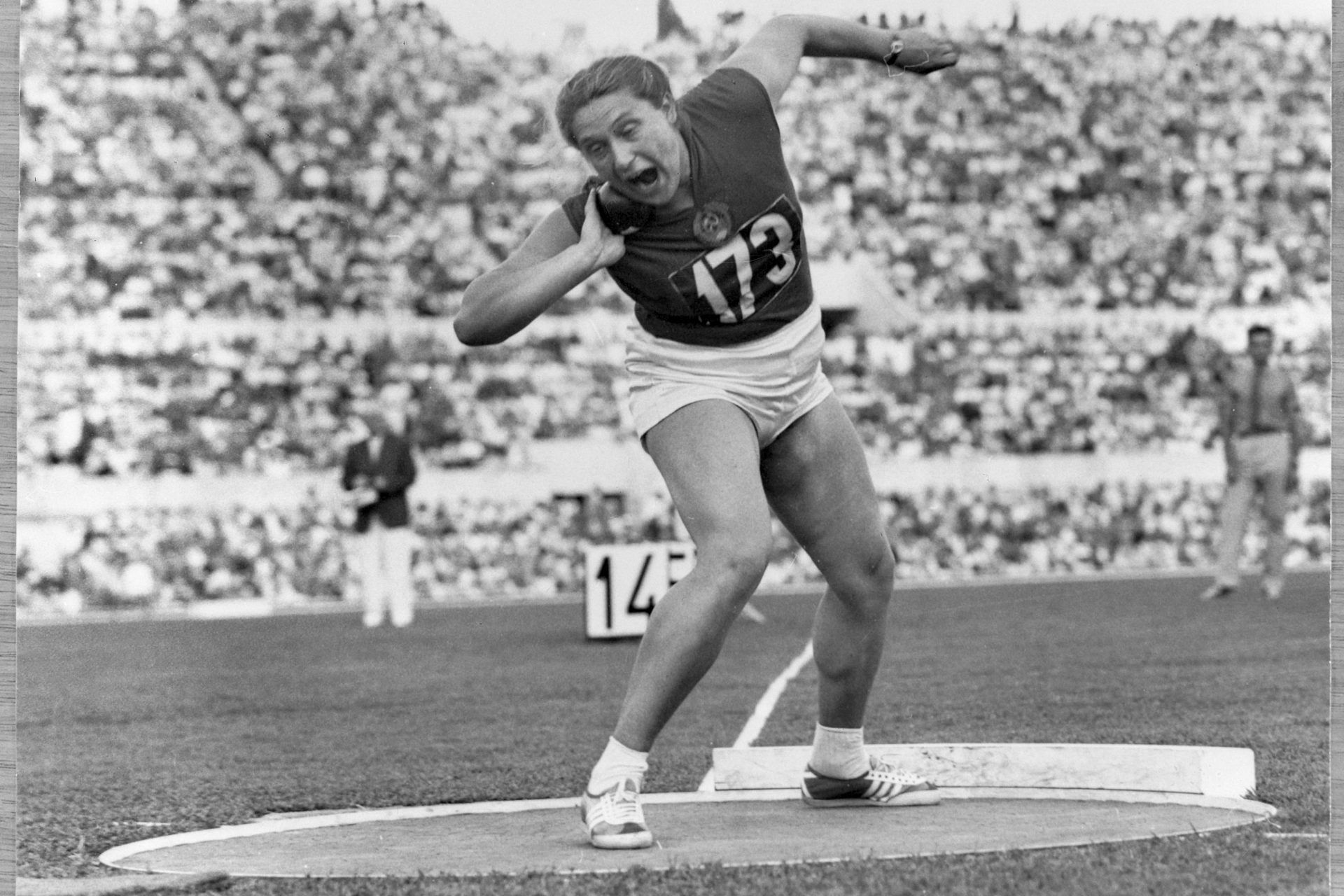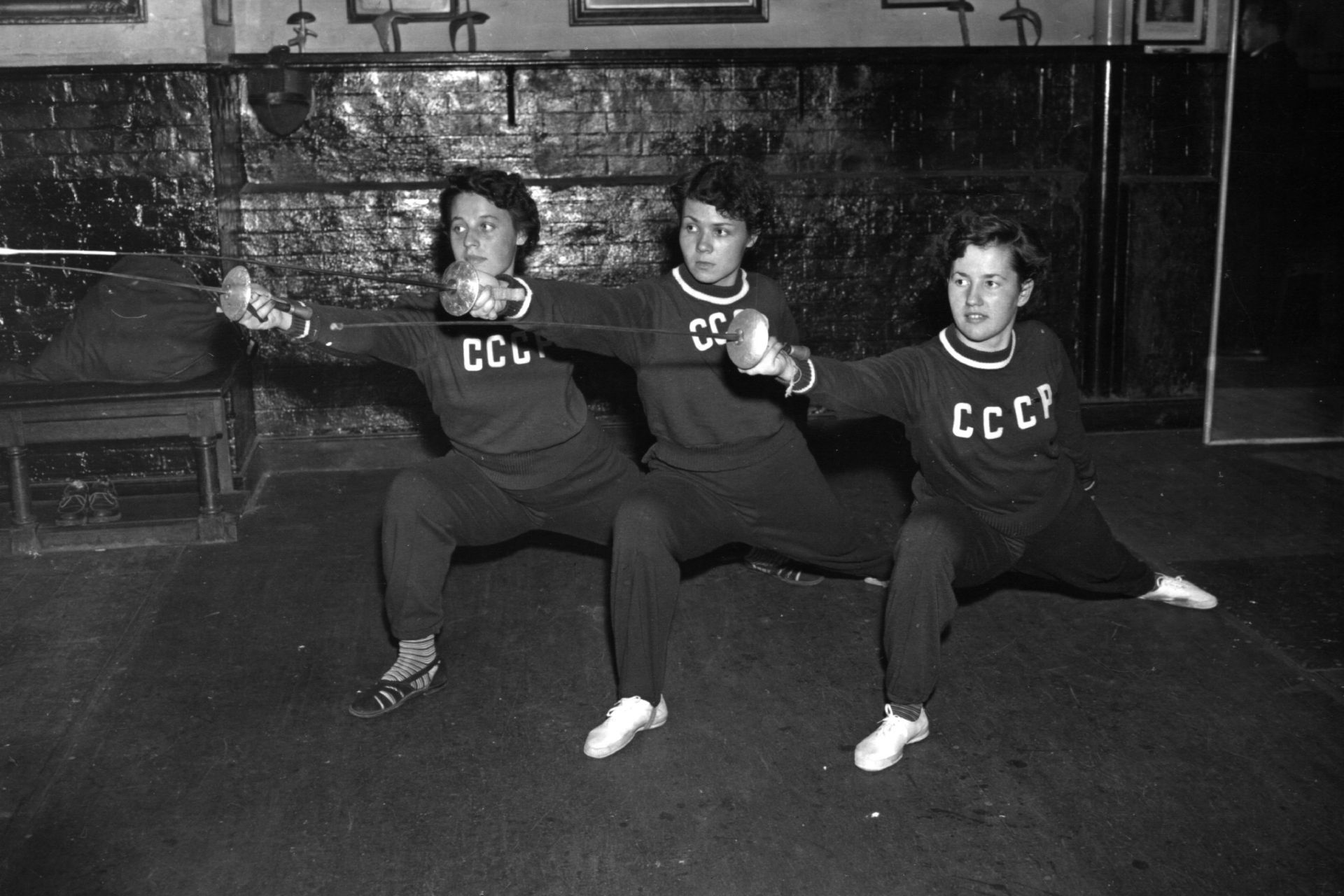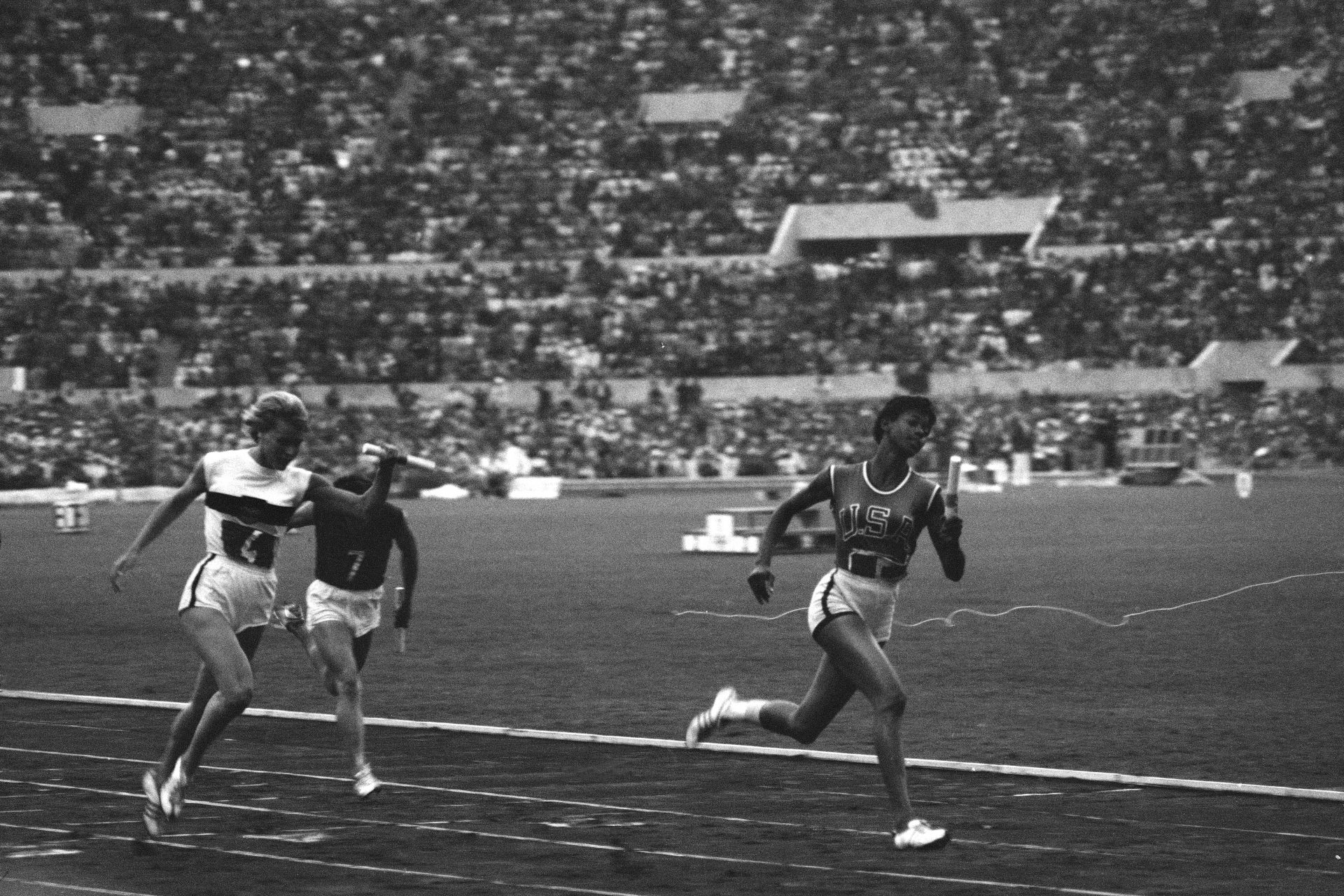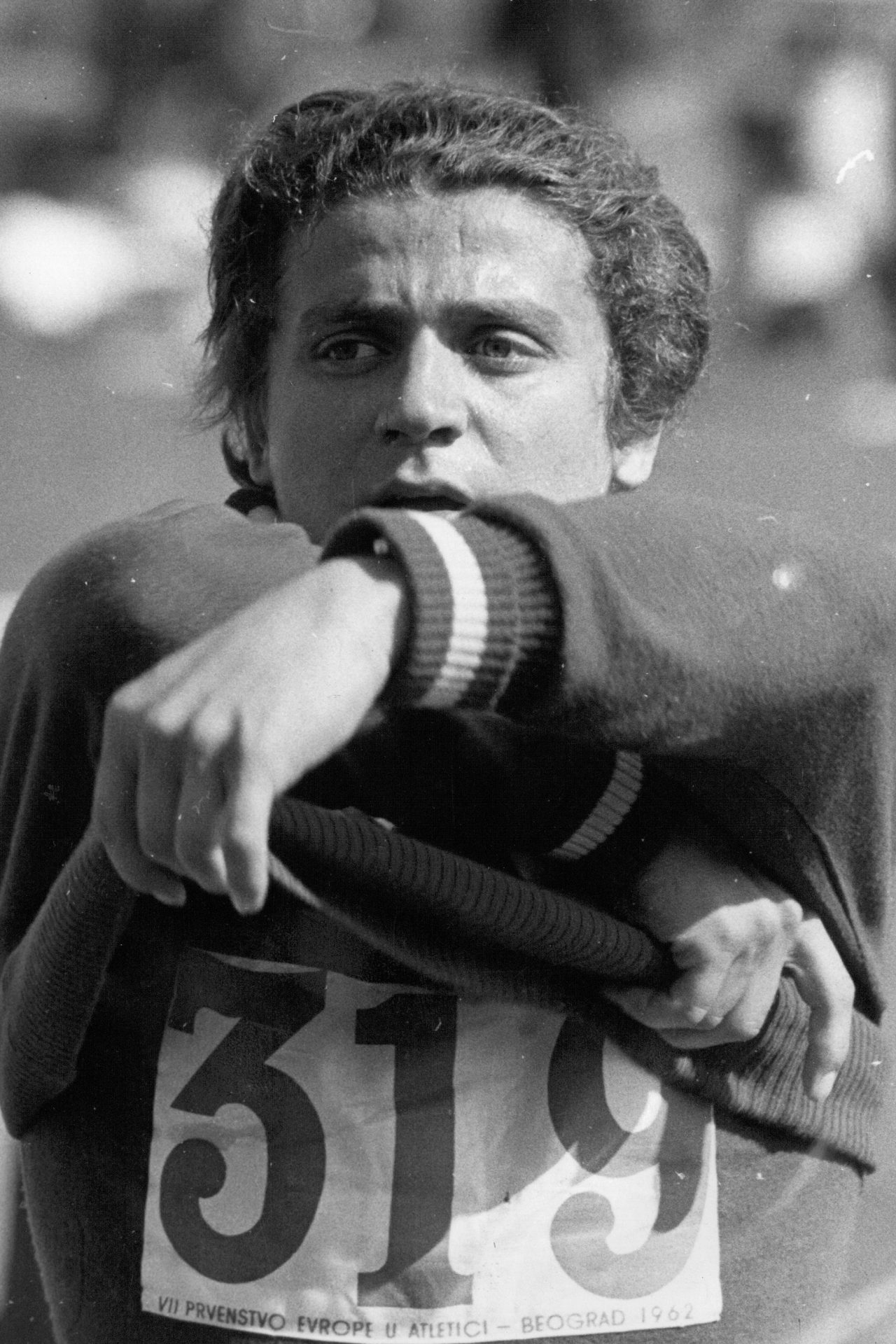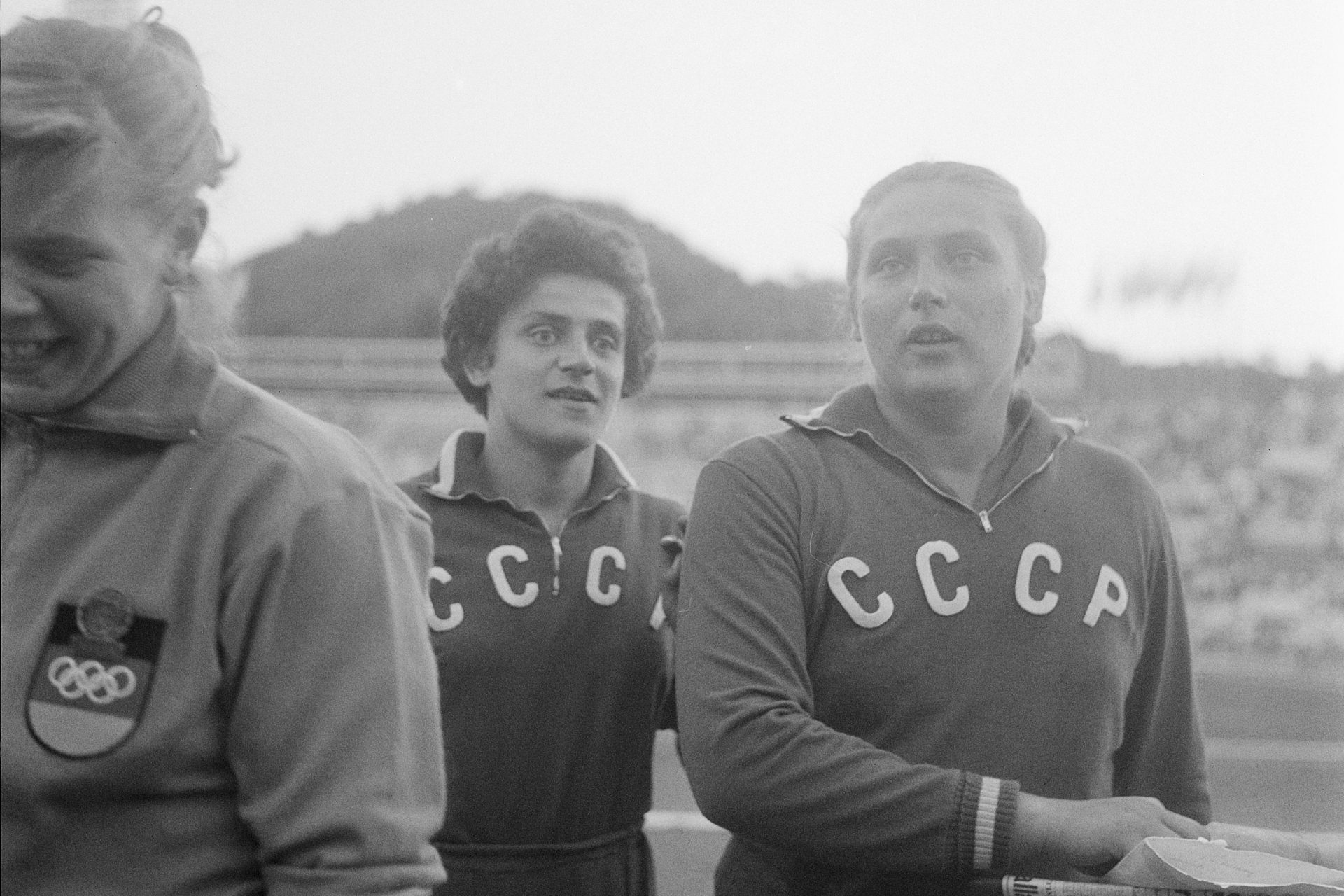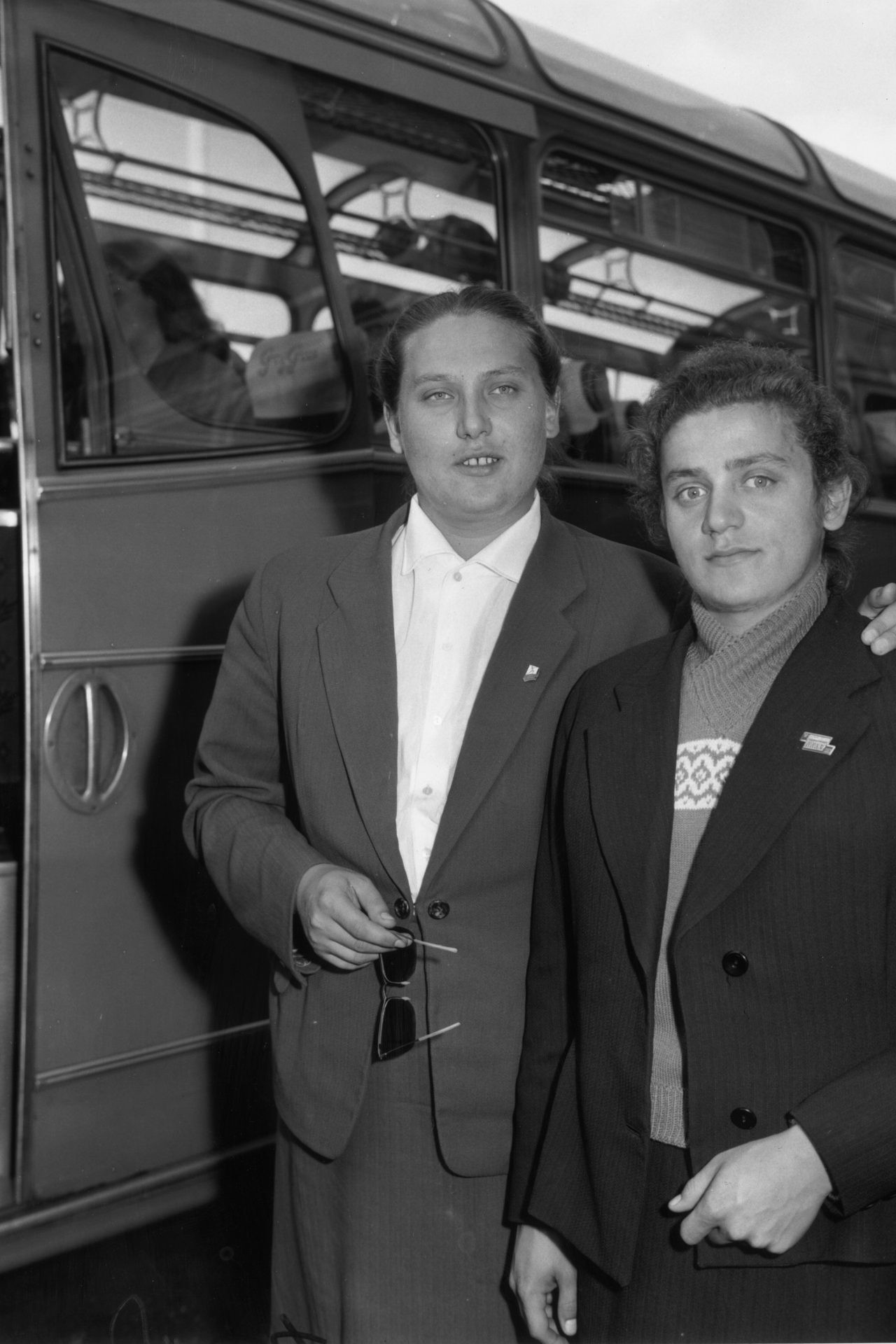The Press Sisters: The Russian champions who inspired a 'gender conspiracy' in the 60s
In some sports, some athletes dominate their discipline so much that they start to arouse suspicions. In the 1960s, two sisters would find themselves at the center of a controversy as the press and public started to raise doubts over their respective genders. We're talking about Irina and Tamara Press.
Elder sister Tamara, was born in 1937 in Karkhov, two years before Irina. As The New York Times recounted, the girls had a difficult childhood following their father's death in World War II. Together with their mother, they fled to Samarkand, a city in Uzbekistan.
Following years of rigorous training, the two sisters arrived in Rome with resolute determination. Irina captured gold in the 80-meter hurdles, while her older sister claimed gold in the shot put and silver in the discus, as documented by the official Olympics website. Three medals in a single Olympics!
Amid the Cold War, the two athletes were hailed as heroines by the Eastern Bloc. However, in the West, the media raised questions about the genetics and physique of the sisters. Tamara, the thrower, stood at 1.80 meters tall and weighed nearly 100 kg, while Irina measured 1.68 meters and weighed almost 74 kg, according to Britannica.
Magazines, such as Life, published photographs of the sisters, comparing them to other female athletes of the time. Rumors circulated, alleging that they were both hermaphrodites or that the Soviet government was injecting them with testosterone as part of a state-sponsored doping program.
Between 1960 and 1964, Tamara Press dominated all athletic competitions, but particularly in the discus throw where, upset at having been defeated in 1960, she broke the world record for the discipline five times.
In 1964, at the Tokyo Olympics, the champions returned and swept the board: Irina took gold in the pentathlon, while Tamara achieved a double with gold in the discus and shot put, as documented by the Olympics site.
This time, it was too much for the Western bloc. The matter was so bad that in 1966, for the 1966 European Athletics Championships, Hungarian officials introduced a "femininity test". It aimed to determine which, if any, female athletes were in fact intersex.
This is where things took a completely different turn. At the last moment, the two sisters withdrew from the competition, stating they had to be with a sick relative, as Britannica documented.
From 1968 onwards, "femininity tests" became mandatory in athletics competitions. Critics eagerly awaited the return to the track of the two Presses, whom they nicknamed the "Press brothers".
The case of the Press sisters would go on to change history, as it led to the implementation of "femininity tests" for female athletes. These tests remained mandatory for 32 years, from 1968 until the Sydney Olympic Games in 2000.
Want to see more like this? Follow us here for daily sports news, profiles and analysis!
More for you
Top Stories



